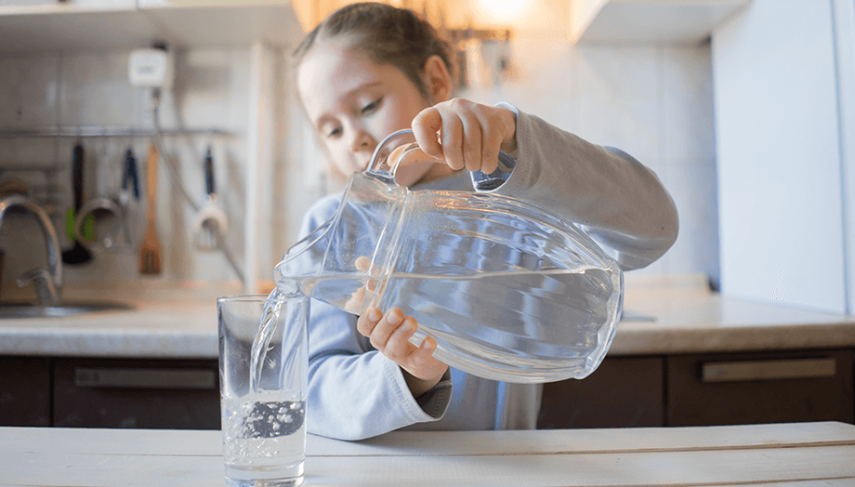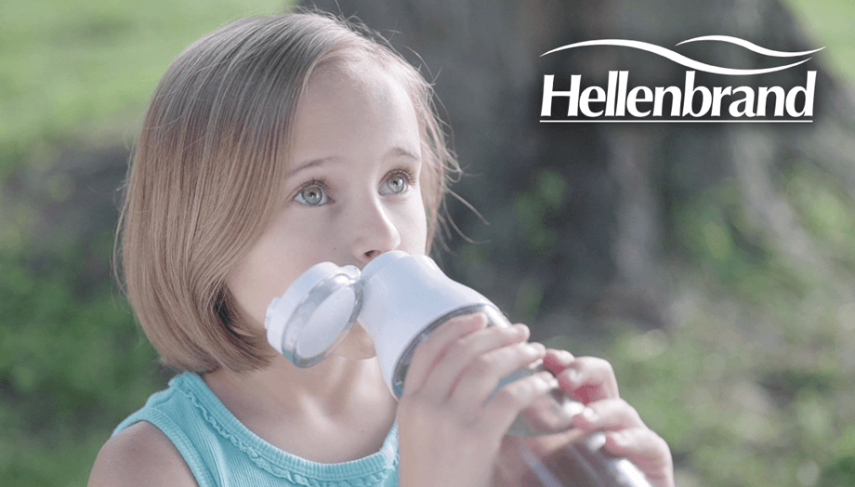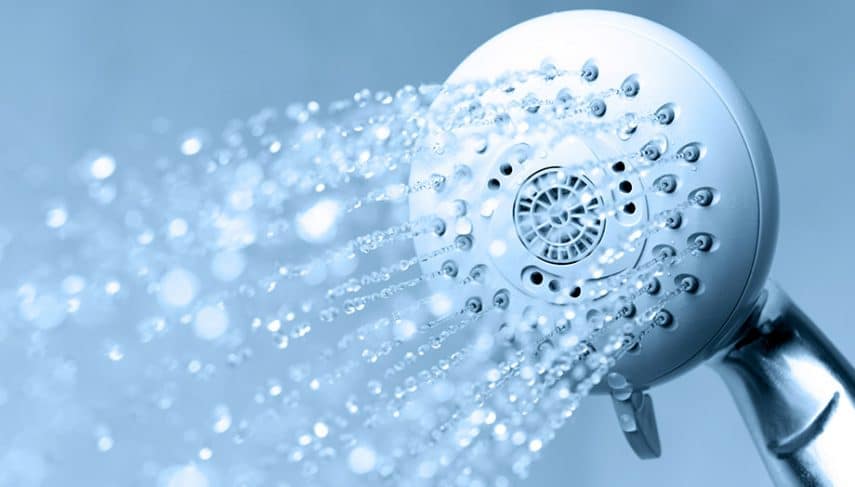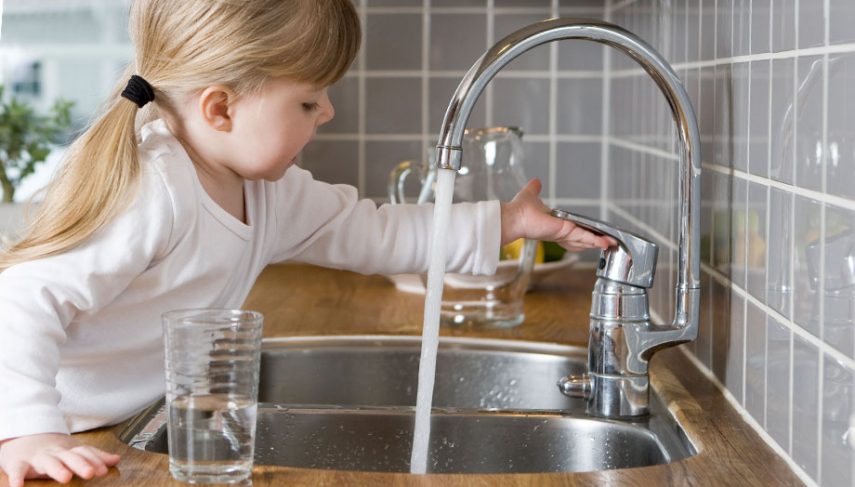Staying Hydrated in Warm Weather

Why it’s So Important to Stay Hydrated in Warm Weather
Summer is approaching quickly and that means the weather is about to warm up. While this means we can enjoy more beautiful sunny days outside, it also means we need to be more aware of staying hydrated. The warmer weather typically means we sweat more and get dehydrated much more quickly. Here’s what you need to know to stay hydrated this summer season.
How Much Water Should You Drink?
It’s difficult to know exactly how much water you need to drink in a day. The most common recommendation is eight glasses a day, with each glass being eight ounces of water. However, it’s important to trust your body’s judgment about how much water you need – you may need more if your body processes water very quickly! If you’re feeling thirsty, don’t hesitate to drink water.
What Happens When You Get Dehydrated?
When you’re dehydrated, it can make you feel tired very quickly, particularly when you are exercising or spending time outside. You may feel faint or dizzy, and your breathing and heartbeat could speed up. Dehydration also often leads to very dry hair and skin. It can also make you more prone to urinary tract infections and can even compromise your immune system in other ways as well.
Easy Tips for Staying Hydrated
- Keep a water bottle with you throughout the day. This will make drinking water much more convenient because you won’t have to get up to grab the water.
- Get a clear water bottle with measurements on the outside so you can keep track of how much you are drinking each day.
- If you don’t like the way your tap or well water tastes, make an effort to make it taste more appealing. Reverse osmosis systems and other drinking water solutions can help you get better quality water. You can also add a bit of fresh fruit, like lemons or strawberries, into your water to make it taste a bit fresher and more flavorful.
Drinking more water this summer will help you feel more energetic and prevent you from getting sick. Making water a part of your daily routine is crucial for your health, but it will also help you enjoy the warmer weather more.








